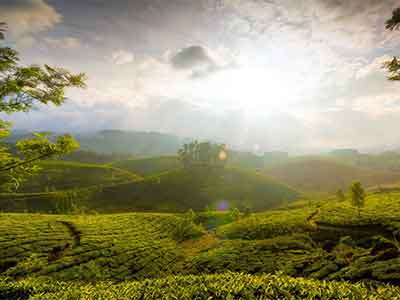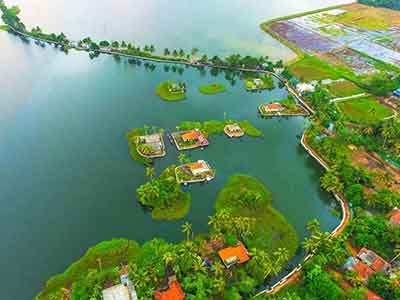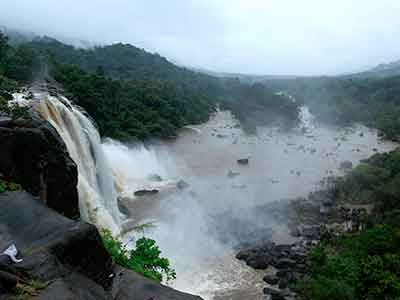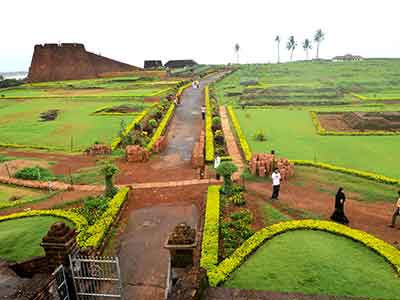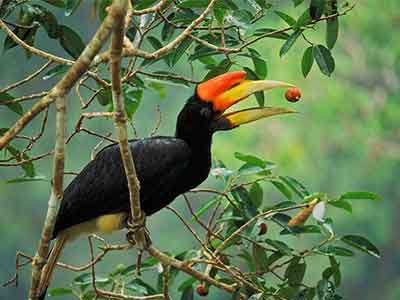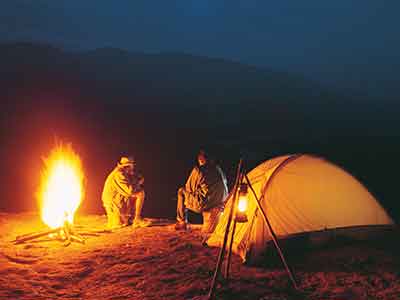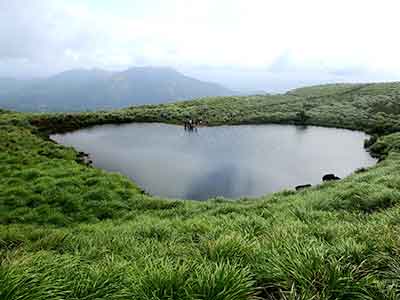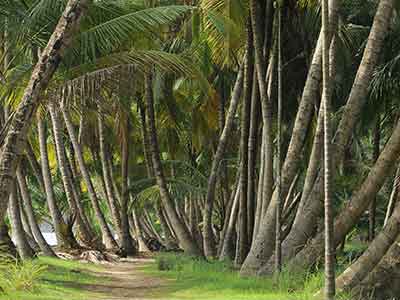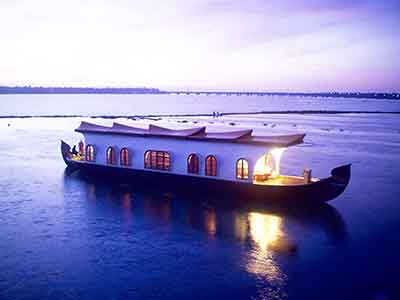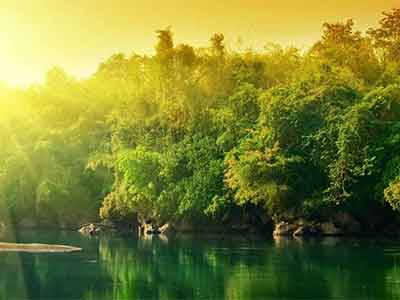Email: sales@travioholidays.in
Help: +91 98950 53303

A fascinating city – Bangalore, renamed Bengaluru, is renowned for its salubrious climate throughout the year. Bearing the sobriquet ‘Silicon Valley of India’, the city is one of India’s principal information technology hubs. Nevertheless, Bengaluru has also taken care of preservation of its green cover and colonial heritage. Historically, a succession of South Indian dynasties ruled the area where the city is today located until 1537AD when Kempé Gowda, a feudatory under the Vijayanagara Empire built a mud fort and established what is considered to be the foundation of modern Bengaluru.
Bangalore’s urban landscape is dotted with scenic gardens & parks, natural lakes, historic architectural landmarks, glitzy shopping malls. The city’s best restaurants offer fascinating varieties of culinary delights from many parts of the world and India. Visitors will also enjoy the opportunity to experience music concerts and dance and theatrical performance besides exhibitions and carnivals. The more adventurous of visitors do the nightclub and pub crawl or simply shop till their feet drop. Either ways, Bengaluru is sure to be a memorable experience.
LalBagh Botanical Gardens
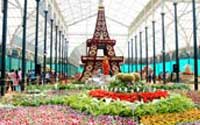
A critical lung space in the middle of a burgeoning city, the LalBagh Botanical Gardens were commissioned in 1760 by Hyder Ali, the then ruler of Mysore and subsequently completed by his son Tippu. The gardens contain numerous species of imported trees – over 1,000 species of flora and trees that are over a hundred years old and rare species of plants brought from Persia, Afghanistan and France and houses India’s largest collection of tropical plants, an aquarium, a small lake and a stone tower erected by Kempegowda, the founder of the city.
A stellar feature is an iconic glass house that is an image synonymous with Bangalore and hosts an annual flower show and the design and layout of the gardens bear strong resemblance to the fabulous Mughal Gardens, in vougue with the rulers of the time with an intricate watering system for irrigation, lawns, flowerbeds, lotus pools and fountains. The Lal Bagh Rock that looms over the park is one of the oldest rock formations on earth, dating back to 3,000 million years.
Bengaluru Palace
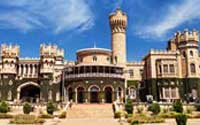
Designed in the Tudor style of architecture, the construction of the Bengaluru Palace was begun in1862 and completed in 1944. In 1884 the palace was bought by the then ruler of Mysore Chamaraja Wodeyar and today the family continues to own the palace and its surrounding grounds spread across over four hundred acres.
Besides fortifications on the exterior – towers, battlements and turrets, inside, the palace is replete with neo-classical furniture, wood pillars and artefacts, floral motifs, cornices and relief paintings on the ceiling.
The ground floor consists of an open courtyard with granite seats that are covered with fluorescent blue ceramic tiles and also contains a small ballroom. Upstairs, on the first floor, an elaborate and larger Durbar Hall with enormous stained glass windows, reminiscent of the Gothic style, is accessed by climbing a decorated staircase that climbs past walls adorned with paintings.
Cubbon Park
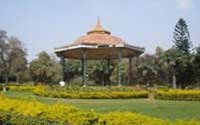
Established in 1870 and named after Sir Mark Cubbon, the longest serving commissioner of the colonial era, the park today serves as a landmark ‘lung’ area in Bangalore’s Central Business District. Spread over 300 acres more than 6000 indigenous and exotic plants and trees populate the park. The layout of the park is interspersed with majestic colonial era buildings and statues of famous personages and judiciously integrates natural rock outcrops with thickets of trees, massive bamboos, grassy expanses and pretty flowerbeds with roads snaking through fringed by majestic silver oak and gulmohar trees.
ISKON Temple
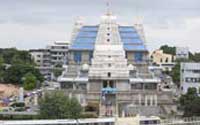
Built to promote Vedic culture and spiritual learning, it is also one of the largest ISKCON temples in the world besides functioning as a large cultural complex. Inaugurated in 1997 after seven years spent in construction with over 600 skilled working on the edifice, the temple is situated at the crown of a 7-acre monolithic rock. Combining swathes of glass and the traditional gopuram form represents a fusion between the majesty of tradition and bold contemporary aesthetics. An architectural wonder, the ISKON temple would find a place in most travel itineraries.
Bull Temple & DoddaGanesha Temple
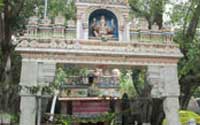
The temple was built in 1537 by Kempe Gowda in the Vijayanagara style of architecture and eponymously named after a monolith, an idol of a large granite bull named Nandi that is placed on a plinth in the temple shrine, now turned black from years of being rubbed with charcoal and oil. The idol of the bull is over fifteen feet in height and is believed to be the largest of its kind in the world. A garden adjacent to the temple densely covered with trees with numerous bats hanging from its branches gets its name from a daily bugle call made from the top of a very large rock formation within.
The temple contains the shrine fronted by a porch. The tower over the shrine was constructed in the early 20th century and is adorned with Saivite figures and motifs. A smaller temple nearby houses the Hindu elephant god Ganesh. An awe inspiring sight, the Bull Temple is definitely worth a visit for those interested in traditional Hindu temple architecture.
Our Top Tour Packages in South India
The four states that constitute South India are composed of distinctive geographic regions - narrow plains that fringe peninsular South India beside the Arabian Sea and the Bay of Bengal with two mountain ranges running alongside and the rocky hardtop of the Deccan and fertile central plains.
